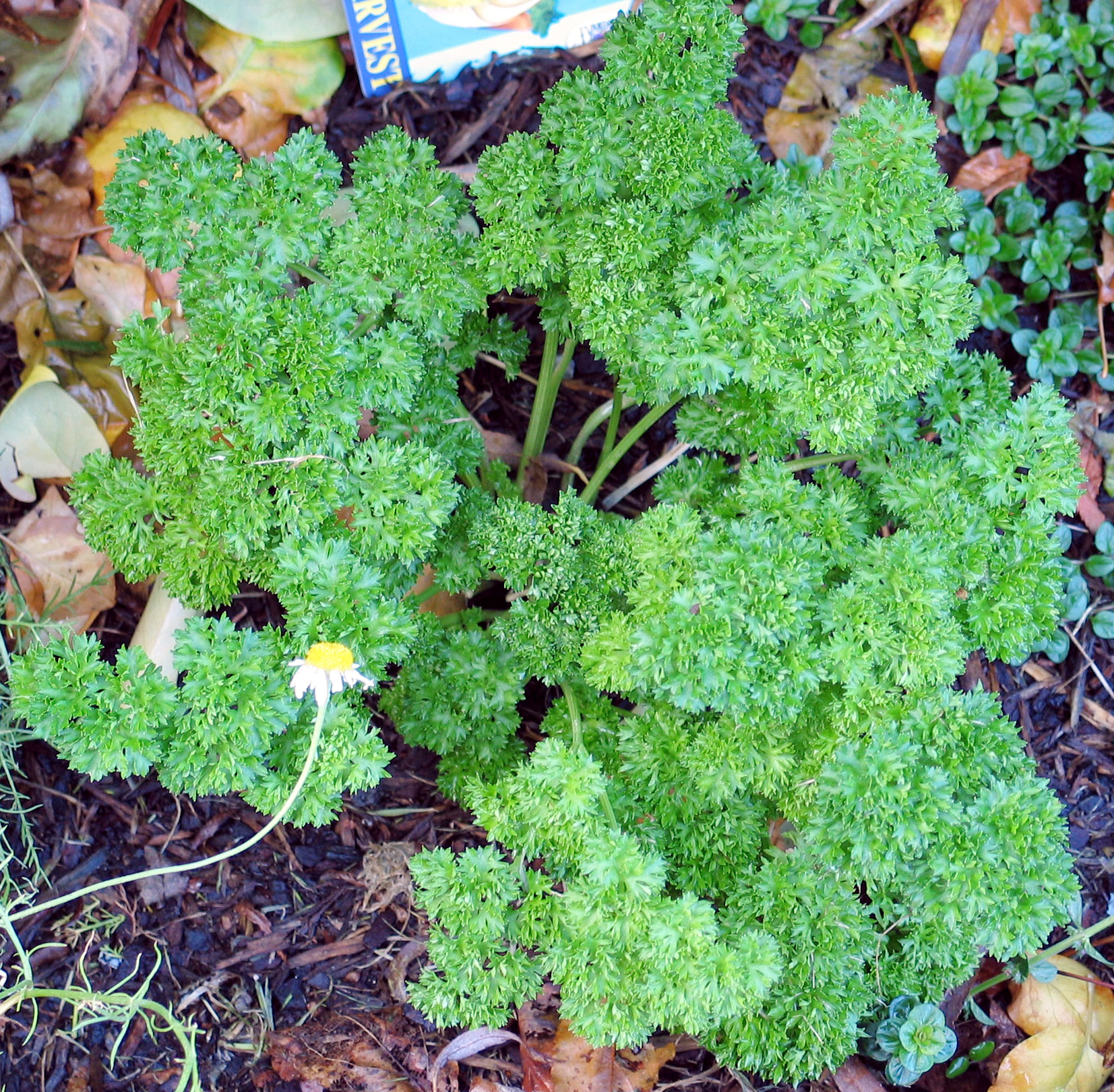|
Erysimum Gomez-campoi
''Erysimum gomez-campoi'' (also spelt ''Erysimum gomezcampoi'') is a short-lived biennial plant, biennial or perennial plant native to southern Spain. It has been treated as one of a complex of six species making up the ''nevadense'' group, or as ''Erysimum nevadense'' subsp. ''gomez-campoi''. Taxonomy ''Erysimum gomez-campoi'' was one of a number of new ''Erysimum'' species first described by Adolf Polatschek in 1979. Six of these, including ''E. gomez-campoi'', were considered to be closely related and were reduced to subspecies of ''Erysimum nevadense, E. nevadense'' in ''Flora Europaea'', a decision explained by Peter William Ball in 1990. The six were treated as separate species making up the ''E. nevadense'' group or complex in ''Flora Iberica'' in 1993. A Molecular phylogenetics, molecular phylogenetic study published in 2014 included four of the species, including ''E. gomez-campoi''. The study did not support the view that the four were closely relat ... [...More Info...] [...Related Items...] OR: [Wikipedia] [Google] [Baidu] |
Biennial Plant
A biennial plant is a flowering plant that, generally in a temperate climate, takes two years to complete its biological life cycle. Life cycle In its first year, the biennal plant undergoes primary growth, during which its vegetative structures (leaves, stems, and roots) develop. Usually, the stem of the plant remains short and the leaves are low to the ground, forming a rosette. After one year's growing season, the plant enters a period of dormancy for the colder months. Many biennials require a cold treatment, or vernalization, before they will flower. During the next spring or summer, the stem of the biennial plant elongates greatly, or "bolts". The plant then flowers, producing fruits and seeds before it finally dies. There are far fewer biennials than either perennial plants or annual plants. Biennials do not always follow a strict two-year life cycle and the majority of plants in the wild can take 3 or more years to fully mature. Rosette leaf size has been found to ... [...More Info...] [...Related Items...] OR: [Wikipedia] [Google] [Baidu] |
